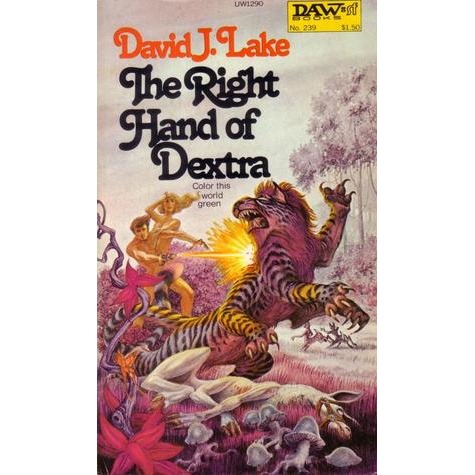Pages 194 and 195 of the AD&D Dungeon Master’s Guide present a few tables for generating random creatures from the lower planes, i.e. demons & devils.
There is a grouping of 21 tables for the appearance of such creatures that define the appearance of the head, ears, eyes, nose, mouth, overall visage, head adornment, body attributes, skin, color, and more.
Head adornment includes such things as antlers and crests. The head has options of bat-like, snake-like, etc. Ears can be dog-like. Eyes deal with color, and size/type of eyes and their number. Various similar suggestions are given for the nose and mouth tables.
The body attributes determines the type of torso, either bipedal, or quadrupedal/other.
The type of tail, if any, such as prehensile, and various body odors, such as blood, mold, vomit, etc.
One table for the texture of the skin and another for the predominant color of the skin/fur/whatever.
Is the back normal, hunched, spiked, etc. Are there wings?
How many arms/tentacles and what kind, and what are the hands like? Similarly, the treatment of legs and feet.
After all these tables define the appearance, then any attacks, and defenses, including special one and and spell-like abilities and immunities.
All these things give lots of ideas for mixing things up. These tables need not be limited to fantasy creatures, but can be used for any genre of creature, including horror and science fiction.
Reading the last page with 5 tables on Random Humanoid Species Appearance Charts in the Outer Space Raiders, Vol. I reminded me of Appendix D as a supplement for White Star. One can easily make collections of nouns for various aspects of body types and associated body parts to come up with unique creatures. Take the stats from goblins or other well-known creatures to “re-skin” them for an appropriate challenge, as others have indicated they do so that players don’t know what every creature is or does by memorizing their descriptions.
I am not finding via a quick Google search the OSR blog(s) that discussed this a few years ago. I keep coming up with links about re-skinning creatures in MMO’s, or locating or painting miniatures.
In the case of White Star, one can have all intelligent aliens be humanoid, if you want to follow the tropes of most illustrations, TV shows and movies. Or you can mix it up, and have something that deviates from bilateral symmetry, and have something besides carbon and silicon based life. The movie Evolution has an interesting take on silicon based life.
Does the life form have DNA, or something that serves the function of DNA? If they have DNA, is it composed of a right or left turning structure. This is something I recall from a book I read in the 80’s, The Right Hand of Dextra [Amazon Affiliate link], with a cool cover illustration. The idea is the DNA on Earth has a left spiral and the planet in the book, the DNA has a right spiral, so the wild animals native to the planet leave humans alone, since they can’t eat them.
One thing left out of Appendix D and from Outer Space Raiders, is communication method.
Communication Method – d10
- Vocalizations
- Pheromones
- Scents/Odors
- Color Changes (Chameleon feature, color and or pattern changes to the “face” or other body part.)
- Volume (Ability to expand like a puffer fish, but controls and varies the size in pattern or rhythm.)
- Empathy
- Telepathy
- Temperature
- Motion
- Combination
NOTE: Sound can be above or below the range of human hearing, and color changes can be above or below the range of human sight, etc.
Diet
- Herbivore
- Carnivore
- Omnivore
Carnivores and Omnivores could include cannibals that eat their own species, or scavengers that eat dead things they find.
Young d10
- Eggs – left to fend for themselves/guarded/warmed and nurtured by parent(s)
- Marsupials – Eggs/pouches
- Born – rapid walking/locomotion or months/years to moving on their own
- Sprouted from spores
- Budding from body
- Division – like a cell
- Regeneration – like a starfish
- Clones grown in a vat
- Robots/Machines that are built and programmed.
- Hybrid of the above.
Type d3
- Plant Based
- Animal Based
- Mineral Based
Temperature
- Cold Blooded
- Warm Blooded



One thought on “AD&D – Appendix D – Random Generation of Creatures from the Lower Planes”